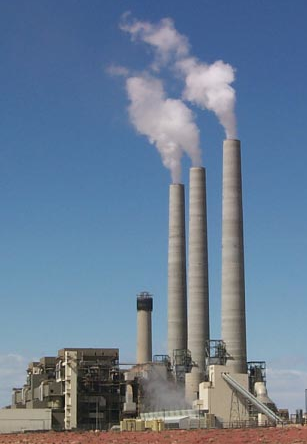One Cisco Unified Computing System beats 15 coal-fired energy plants

So what's the power of one Unified Computing System being rolled out by Cisco Systems and partners such as EMC, VMware and Intel?
Hard to be precise, but the memory capacity and power savings should capture the attention at least of the Internal Revenue Service and the U.S. Department of Energy. Here's how:
A single Cisco chassis can hold as many as eight blade servers. A “networking fabric extender” can tie together 40 such chassis, bringing 320 servers under the control and supervision of Cisco’s Unified Computing System Manager software. Add in high-speed network and storage connections creates what Jackie Ross, vp of marketing, Server Access and Virtualization, and Dante Malagrino, director of engineering in the same Cisco business unit, call a “single management domain.”
Here’s the capacity, equipment obsoleted and power saved from creating one such unified “domain,’’ by various Cisco calculations.
Memory capacity: Every second, Web users view 1,200 videos on YouTube, share 11,000 songs and send 2,000,000 emails. This plus the equivalent of 3,000,000 trees turned into paper and printed can fit in the system memory of one Cisco Unified Computing System.
Other ways to calculate this:
- All 138,893,908 Individual Tax returns filed last year in the United States could be stored in the memory of one Cisco Unified Computing System.
- All of U.S. Wikipedia would consume less than 50% of the memory in one Cisco Unified Computing System. It takes only 40% of the Cisco UCS’s system resources to host all of the US Wikipedia.
Equipment obsolescence: The amount of obsolete cabling and support infrastructure that could be eliminated equates to 3,007 miles of legacy servers and infrastructure, when set side by side.
Power savings: 31,103,864,053 Kilowatt hours per year saved, by unifying aging traditional servers and supporting infrastructure.
This could:
- Double the available electricity in the ten poorest countries worldwide increasing education, healthcare, and overall standard of living.
- Equal the energy output of more than 15 U.S. coal-fired electric plants and 35 million tons of C02.
- Almost equal the entire amount of wind energy produced in U.S.
Also see: Cisco's big data center plans: Assessing winners and losers rack by rack
